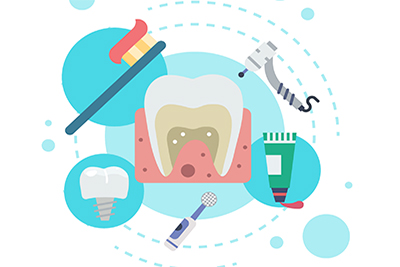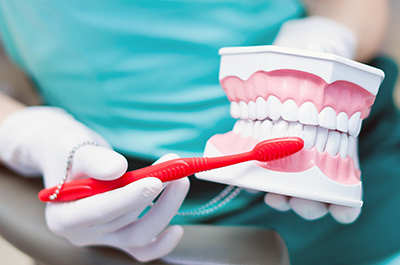
Proper oral hygiene is important not only for your appearance, but also for your overall health. Improper oral hygiene may lead to infection, gum disease, bone and tooth loss, circulation and cardiovascular disease, and even strokes.
Why is cleaning part of good oral hygiene?
Oral Cancer
As part of the cleaning process, you are also screened for oral cancer, which is curable if diagnosed and treated early.
Gum Disease
If gum disease is diagnosed early, it can be reversed through treatment. Gum disease is caused by infection in the gum tissue and bone, eventually leading to tooth loss. Regular dental cleanings - and checkups - help to prevent gum disease.
Your Teeth
Regular dental cleanings, along with checkups, brushing, and flossing, are important to let you keep your own teeth for as long as possible, and helping you to maintain your normal chewing function and overall good health.
Good Physical Health
Heart attacks and strokes have recently been linked to gum disease, which in turn is often a result of poor oral hygiene. Periodic dental cleanings help to maintain healthy gums and teeth and may reduce the risk of heart disease and stroke.
Good Oral Health
During dental cleanings, the hygienist can let you know if you're maintaining good oral health, and make appropriate suggestions if you're not.
Early Detection of Dental Problems
Any possible problems can be detected during dental cleanings, allowing for proper and timely treatment. Minor problems such as cavities or early gum disease can be treated and do not have to become major problems.
Appearance
Most tobacco, coffee, and tea stains can be removed during cleanings. Your teeth are also polished and shined. The end result is a whiter, brighter smile - and a brighter you!
As you can see, having your teeth examined and cleaned on a regular schedule is important for both your health and your appearance. If we haven't seen your smile in while, give us a call. We'd be happy to have you in our office to ensure that your smile is healthy and living up to its full potential!



















